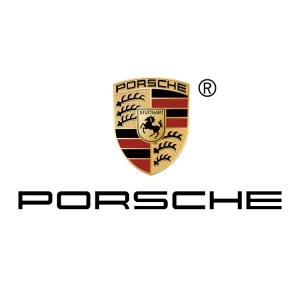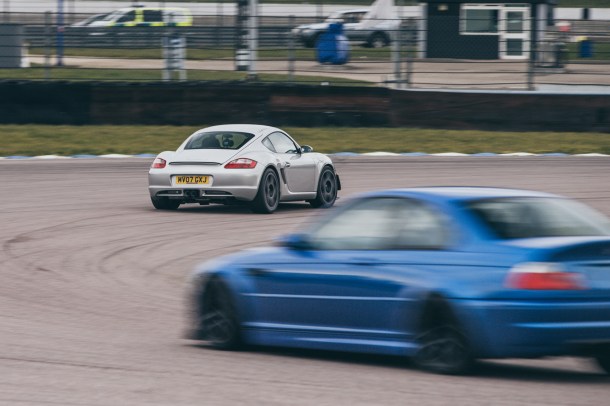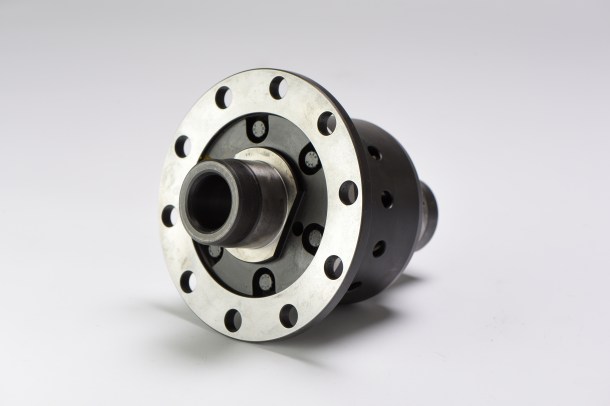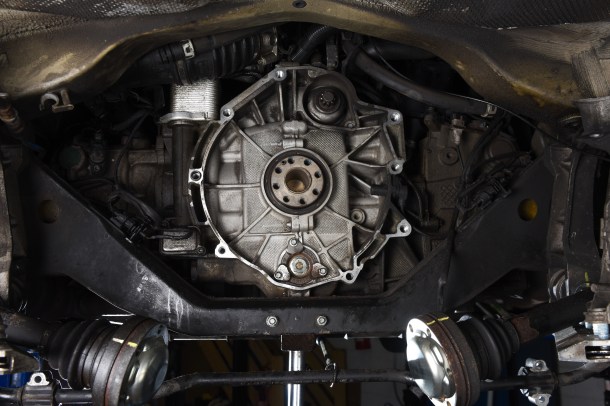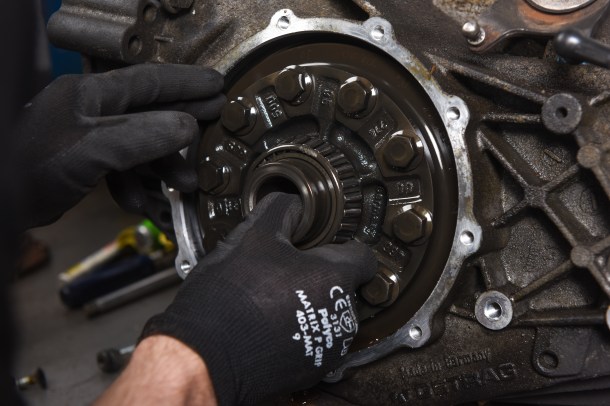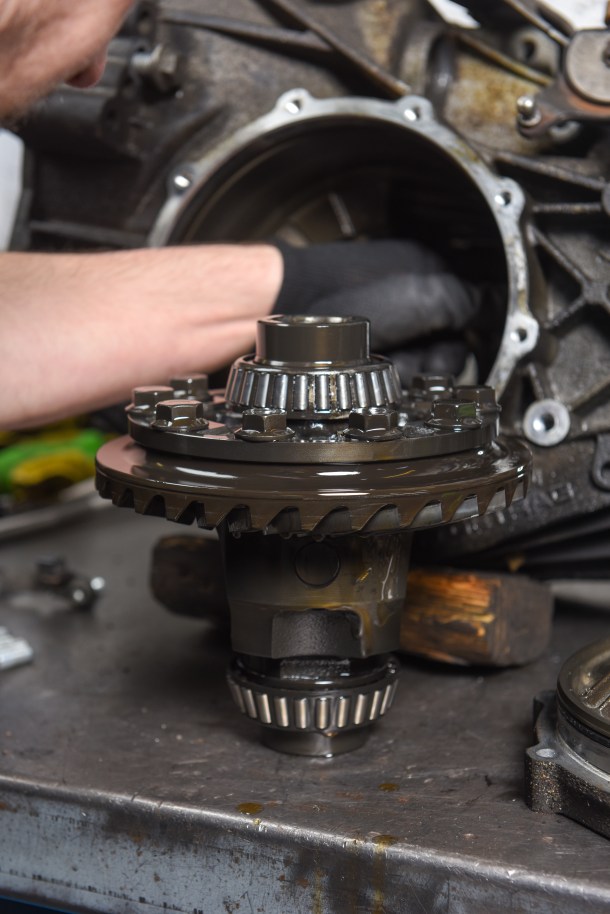Last month I mentioned that the Cayman had undergone something of a transformation at Regal Autosport recently and that I would detail each aspect in a later update. Well, one month on, I’ve been scratching my head as to where to begin. Externally there has been no visible change, so perhaps I should begin with the most hidden of all the upgrades, the new limited slip differential.
Wavetrac is a name I’ve been familiar with for some time and I’ve used their differentials on track projects many times over the years. The Wavetrac cam design is unique in the world of limited slip differentials and mates ATB style planetary gears with the idea of plate differential locking action. This gives the benefits of both without the negatives of either. I agree, it sounds too good to be true, but allow me to explain…
The purpose of a limited slip differential (LSD) is share power across the axle in a way that maintains acceleration and keeps wheel spin to a minimum. An open differential, like that fitted to the stock 987, will simply transmit power via the path of least resistance. The least resistance of all is a spinning wheel. This is very frustrating when pushing on, especially when the inside wheel begins to spin and all forward progress is halted.
The solution to this is to use a limited slip differential. In these differentials, as soon as a wheel begins to slip, power can be transmitted to the un-spinning wheel on the axle. The result; acceleration is maintained and traction on the spinning wheel is regained much more quickly, hence ‘limited slip’.
There are two traditional designs of LSDs, plate types and those with helical gears. In the plated design the differential represents a clutch between the two wheels on the axle. As a difference in wheel speed occurs across the axle a mechanical friction is generated and the axle ‘locks’ to rotate both wheels at the same speed. This slows down the spinning wheel and speeds up the non spinning wheel, sharing power and traction over the axle as a whole. A drawback here is that the differential does not care if the difference in wheel speeds is because of a very tight corner or because one wheel is spinning. This can lead to under steer at low speeds or tight cornering and can be particularity frustrating in the wet.
A differential more suited to tight, bumpy or wet conditions is the helical or planetary gear type. In this design the wheels across the axle are linked by a series of gears inside the differential. Each wheel has it’s own set of gears and the range of motion is limited by the differential casing. When there is a difference in wheel speed across the axle the gears for the fastest spinning wheel turn inside the differential and ‘lock’ against the casing – speeding up the slowest wheel. The transfer of power can be described by the gear ratio in the helical gears and is also referred to as ‘torque biasing’ or ‘torque multiplying’. This design requires not only a difference in speed between the wheels but also a difference in load. An exception to this is when there is no load at one of the wheels. In this instance power cannot be shared because anything multiplied by zero equals zero. This happens more often than you might think and over bumps, crests of hills or on exceptionally greasy surfaces this trait can be felt as a lack of forward motion.
There is however another design available and Wavetrac patents the design. It combines the plate type and helical gear type principals. The Wavetrac differential has helical gears and operates in the same way as a torque-biasing differential for the majority of the time. This gives good low speed maneuverability and wet weather performance. Unlike a torque-biasing differential however, when a low load situation is encountered the unique Wavetrac internal cam takes over and the differential can transfer power just like a plate diff. It gives the Wavetrac an unrivalled range of performance and is why I keep coming back for more!
Regal Autosport installed the differential, which can usually be done with the gearbox in situ, but as we also changed the clutch and flywheel the gearbox was removed this time. Speaking of the flywheel and clutch, those items are pretty special too and I’ll explain all next month…
Related
987 Cayman S – 343HP / 286TQJanuary 22, 2013In “Porsche Tuning”
Customer Cayman S 987 Project: Track Addict Track DayJune 17, 2016In “Porsche Tuning”
ROAD TO AUTOSPORTMarch 8, 2018In “Shows and Events”











